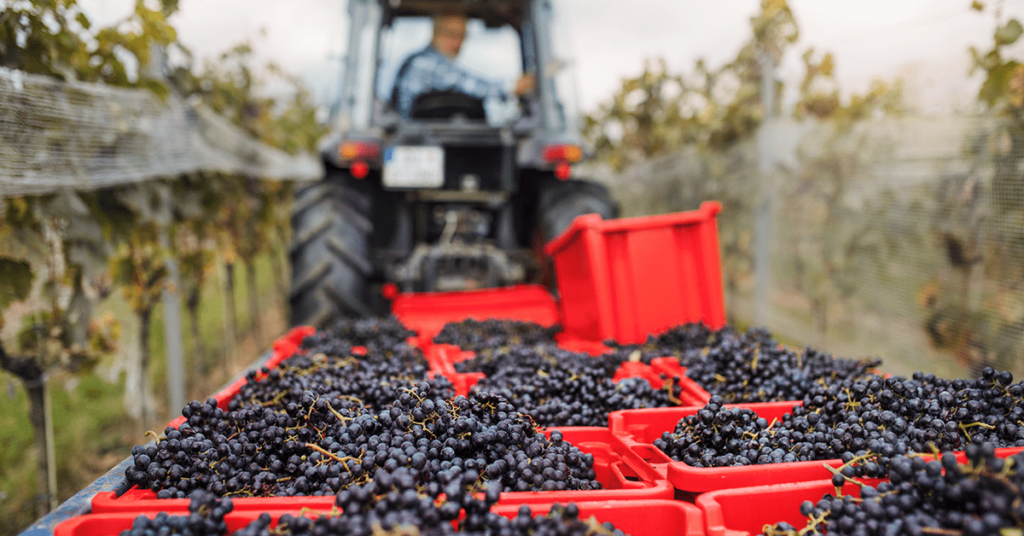
The Vintner’s Device: Revolutionizing Winemaking
Introduction:
Winemaking is an ancient craft, blending science and artistry to create some of the world’s most beloved beverages. Over the centuries, technology has played a crucial role in refining the process, enhancing both efficiency and quality. One of the most significant advancements in modern viticulture is the development of the vintner’s device—a specialized tool or apparatus designed to optimize various aspects of winemaking. From fermentation control to precision bottling, vintner’s devices are revolutionizing the industry.
The Evolution of Winemaking Technology
Historically, winemaking relied heavily on manual techniques. The fermentation process was left to natural yeast, storage was rudimentary, and bottling methods lacked consistency. However, as technology progressed, so did the tools used in viticulture. The introduction of temperature-controlled fermentation tanks, pH meters, and automated bottling lines transformed winemaking into a precise science. The vintner’s device represents the pinnacle of this evolution, offering winemakers unparalleled control over every stage of production.
Understanding the Vintner’s Device

A vintner’s device refers to any tool or machine designed specifically to enhance winemaking processes. These devices range from simple hand-held instruments to complex automated systems. Some of the most common vintner’s devices include:
1. Fermentation Monitors
Fermentation is the heart of winemaking, where sugar converts into alcohol, producing the rich flavors that define a wine’s character. Traditional methods required constant manual monitoring, but modern fermentation devices automate this process, providing real-time data on temperature, pH levels, and sugar content. This allows vintners to make timely adjustments, ensuring a consistent product.
2. Grape Sorters and De-Stemmers
Quality wine begins with quality grapes. Automated grape sorting devices use optical sensors to detect and remove unripe or damaged grapes, ensuring only the best fruit makes it into production. De-stemmers, on the other hand, separate grapes from their stems efficiently, preventing unwanted tannins from affecting the wine’s taste.
3. Automated Presses
Traditional grape pressing required manual labor, with wooden or stone presses extracting juice from the fruit. Modern automated presses offer a more controlled extraction process, reducing bitterness and allowing for better flavor development. Pneumatic presses, for example, use air pressure to gently squeeze grapes, preserving their delicate aromas.
4. Barrel Management Systems
Aging wine in barrels enhances its depth and complexity. However, maintaining consistency across different barrels can be challenging. Advanced barrel management systems monitor humidity, temperature, and oxygen exposure, ensuring optimal aging conditions. Some systems even employ RFID tracking to monitor barrel location and usage.
5. Filtration and Clarification Devices
To achieve a clear, stable wine, filtration is essential. Modern filtration devices use membrane or cross-flow technology to remove unwanted particles, preventing spoilage while preserving flavor. These devices are more efficient than traditional filtration methods, reducing wine loss and improving overall quality.
6. Bottling and Corking Machines
Bottling is one of the final steps in winemaking, and consistency is crucial. Automated bottling machines ensure precise filling, reducing oxygen exposure that can affect taste. Modern corking devices also regulate pressure and moisture, preventing oxidation and ensuring a longer shelf life.
7. Smart Wine Cellars
For collectors and commercial wineries alike, proper storage is key. Smart wine cellars use AI-driven climate control to maintain ideal temperature and humidity levels. Some even include inventory management systems that track bottle aging and provide recommendations on optimal drinking windows.
Benefits of Vintner’s Devices

The adoption of vintner’s devices has transformed the wine industry in several ways:
- Enhanced Quality Control – Real-time monitoring and automation minimize errors, ensuring a consistent final product.
- Increased Efficiency – Automation reduces manual labor, speeding up processes while maintaining precision.
- Cost Reduction – Although initial investments in technology can be high, long-term savings come from reduced waste and optimized production.
- Sustainability – Many modern devices incorporate eco-friendly features, such as water recycling and energy-efficient systems, reducing the environmental impact of winemaking.
The Future of Winemaking Technology
As technology advances, vintner’s devices will continue to evolve. Future innovations may include AI-driven fermentation algorithms, robotic vineyard assistants, and blockchain-based tracking for authenticity verification. The integration of smart sensors and IoT (Internet of Things) will further streamline production, providing vintners with unprecedented control over their craft.
Conclusion:
The vintner’s device represents a new era in winemaking, merging tradition with cutting-edge technology. Whether through automated fermentation monitors, precision sorting systems, or AI-driven cellar management, these innovations are enhancing quality, efficiency, and sustainability in the wine industry. As more wineries embrace these advancements, the future of winemaking looks more promising than ever.












